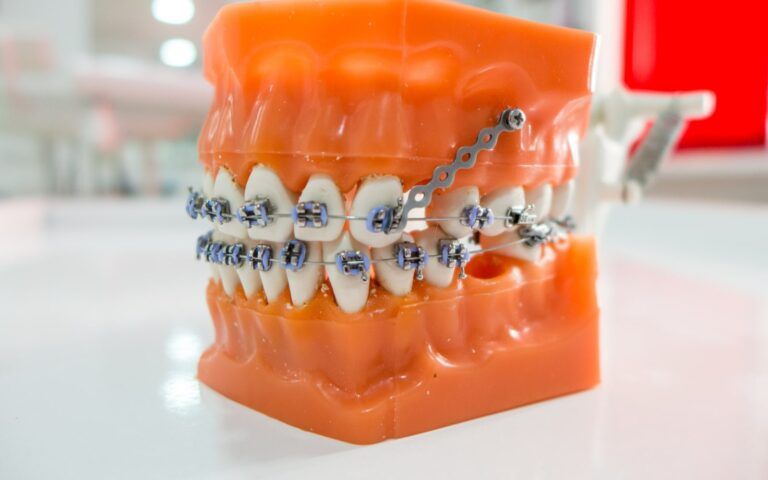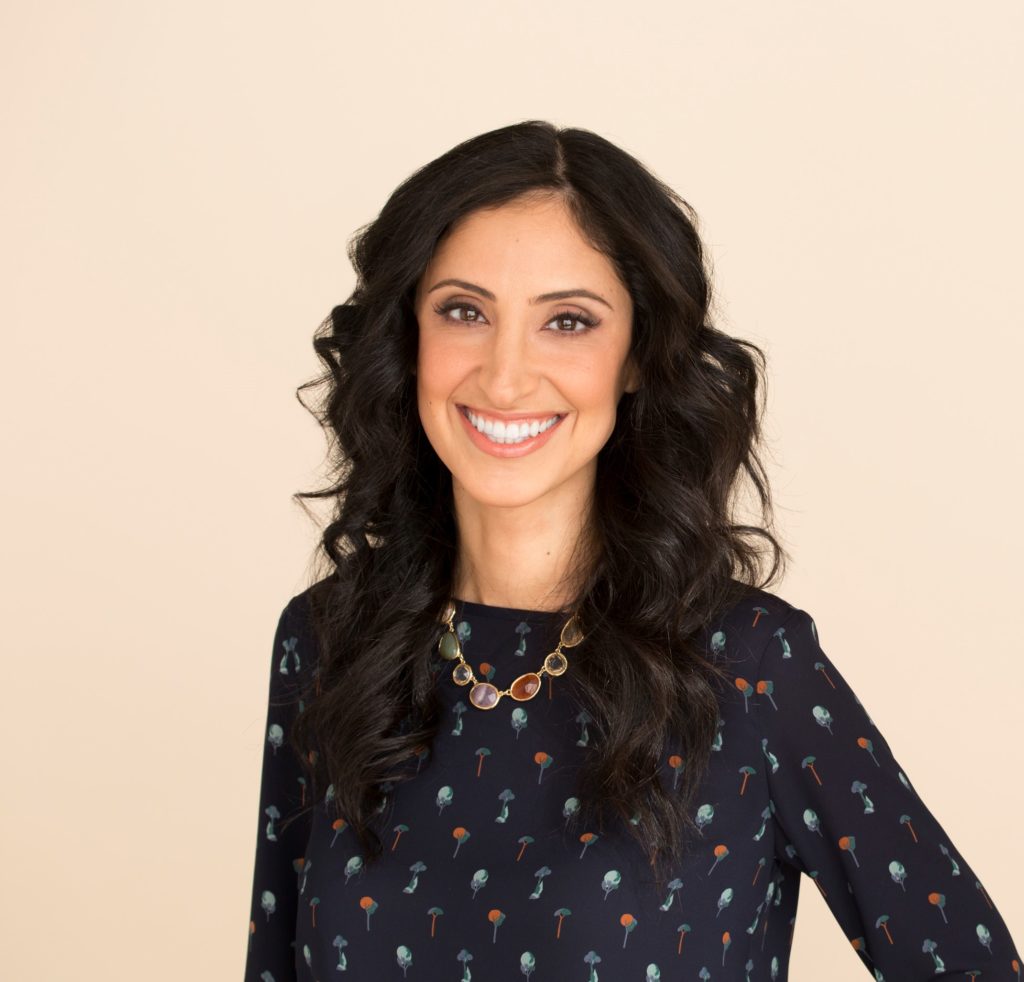The Role Of Orthodontic Anchorages In Treatment

Mail-order orthodontics and DIY braces are seeing a disturbing rise in popularity over the past year. If either of these practices sounds risky at best and dangerous at worst, you’re right to be concerned. All financial considerations aside, one of the driving forces behind their popularity is a lack of understanding about the risks involved. Planning out an orthodontic procedure is an involved process that requires a trained, involved, and expert hand. It’s more complicated than merely ensuring that the aligners or braces are set properly. Every step of the process requires the oversight of a trained orthodontist. Mail-order orthodontics seeks to bypass this process with the use of patient-applied molds as a foundation for treatment. Even this process requires an understanding of the steps involved. Another critical component of orthodontic treatment is ensuring that only those teeth that should be adjusted move. This is where orthodontic anchorages come in.
The Role Of Orthodontic Anchorages In Treatment
The first anchorage to be used during orthodontic treatments was developed by Henry Albert Baker. Now called Baker’s Anchorage, this method of securing teeth in place during orthodontic treatments remains in use today. However, there are numerous other types of dental anchorage that have come into play since then. Each addresses a particular concern involved in the orthodontic treatment process and is classified according to numerous aspects.
The classification system came into existence over time and have evolved to include the current considerations:
- Site-Based Classification
- Intraoral – Anchorages set within the mouth, the most common form.
- Extraoral – Face masks and headgear are the cornerstones of extraoral anchorages. Three types of extraoral anchorage are classified, combination, cervical, and occipital.
- Muscular – Muscle-secured orthodontic anchorages are set into muscles.
- Number of Treated Teeth
- Simple/Primary – Used when only one tooth is involved.
- Compound – Used when multiple teeth are being anchored.
- Reinforced – Used to describe cases where multiple forms of anchorage, or other teeth, are used to secure an anchorage. Extraoral and muscular anchorages are used in these cases.
- Reciprocal – Used when two teeth need to be adjusted towards each other by a similar amount.
- Stationary – Used to adjust the position of a tooth rather than its angle.
- Space-Based Classification
- Group A – Used when anterior teeth are being moved towards the posterior teeth.
- Group B – Used to move front and back teeth towards each other.
- Group C – When rear teeth need to be moved towards the front teeth.
- Absolute Anchorage – These anchorages are used when only front teeth need to be moved.
These classifications are used when describing all forms of anchorages, except two. One of these two classifications describes the use of bones as points of anchorage. The other describes the use of implants to anchor teeth during orthodontic treatment.
Consult A Specialist For Orthodontic Care
There are numerous factors that can come into play during endodontic treatment. The above classifications serve to provide an easy way to describe and refer to them. As you can imagine, DIY braces and mail-order orthodontics are unable to provide anchorages as part of your care.

Recent Comments